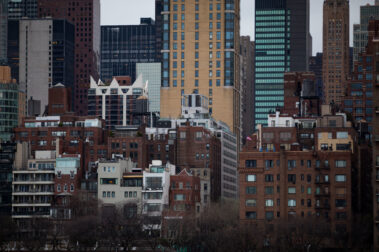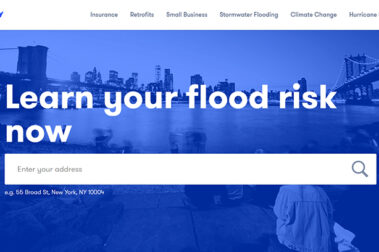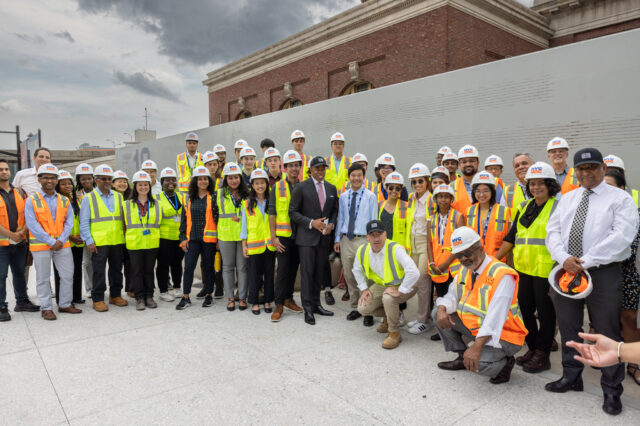Since 2014, the City has significantly accelerated the delivery of energy efficiency retrofit projects across its building portfolio. City government buildings are also subject to Local Law 97 and are required to meet even stricter limits. The NYC Department of Citywide Administrative Services (DCAS) has already made significant progress in reducing carbon emissions from their portfolio to help the City achieve carbon neutrality. The Department of Citywide Administrative Services (DCAS) has partnered with over 20 agencies to complete 2,700 energy efficiency retrofit and clean energy projects at 1,500 buildings and facilities, including 10.5 MegaWatts (MW) of solar PV across 57 facilities. Read more about DCAS energy management here.
Additionally, as of February 2021, the New York City Housing Authority (NYCHA) had two solar projects under construction, totaling 3 MW of solar PV with four additional projects, totaling 8 MW of capacity, in the pipeline. In December 2020, NYCHA completed the installation of a commercial variant refrigerant flow (VRF) air source heat pump system to serve seven of the 20 apartments on the top floor of the Fort Independence development in the Bronx. This project was one of the first in NYCHA’s portfolio to utilize clean heating and cooling and paved the way for many future initiatives, as well as informed development of NYCHA’s Climate Mitigation Roadmap.
Housing must be not only affordable but also safe and resilient. When Hurricane Sandy damaged the homes of 60,000 public housing residents, impacting buildings and disabling elevators, boilers, and electrical systems, the City sprang into action. The City, through the New York City Housing Authority (NYCHA), acquired $3.2 billion in disaster recovery funding for public housing, the largest grant in FEMA history, and put that money to work. NYCHA made sweeping investments in 200 buildings to protect against storm surge, reinforce structures, and upgrade and elevate building utilities. By leveraging every dollar, NYCHA is making these coastal developments a national model for public housing and demonstrating that resiliency is not a luxury feature for market-rate buildings, but a necessity for all housing. NYCHA continues to pursue federal resources to make its buildings and campuses more resilient. Learn more about NYCHA’s sustainability agenda here.
NYC is committed to ensuring that our healthcare facilities are ready to always serve New Yorkers, especially during and after extreme events. The City is overhauling some of our most critical health centers that are also located in high risk coastal areas. One example is in Coney Island, where a $923 million dollar expansion of the South Brooklyn Health/Ruth Bader Ginsburg Hospital is a new model for resilient hospitals. This major project includes a state-of-the-art emergency department that is elevated and protected from severe flooding. Critical patient services and the campus’ utility services are also elevated, and a new flood wall surrounds the facility, ensuring that the hospital will always be ready to serve the community. The City is also elevating critical building power and mechanical systems at other hospitals impacted by Hurricane Sandy, including the Staten Island University Hospital.
The construction sector accounts for 23% of global greenhouse gas emissions. Of this, cement manufacturing alone is responsible for 8% and iron and steel contribute 7%. Fossil fueled construction equipment also to air and noise pollution. Executive Order 23 of 2022 focuses on driving down GHG emissions, air pollution, and noise pollution from municipal construction. Agencies are ordered to establish low-carbon specs for concrete, to collect data on the carbon intensity of concrete and steel and to perform whole building life cycle assessments. It also orders agencies to request that contractors utilize electric construction equipment.











